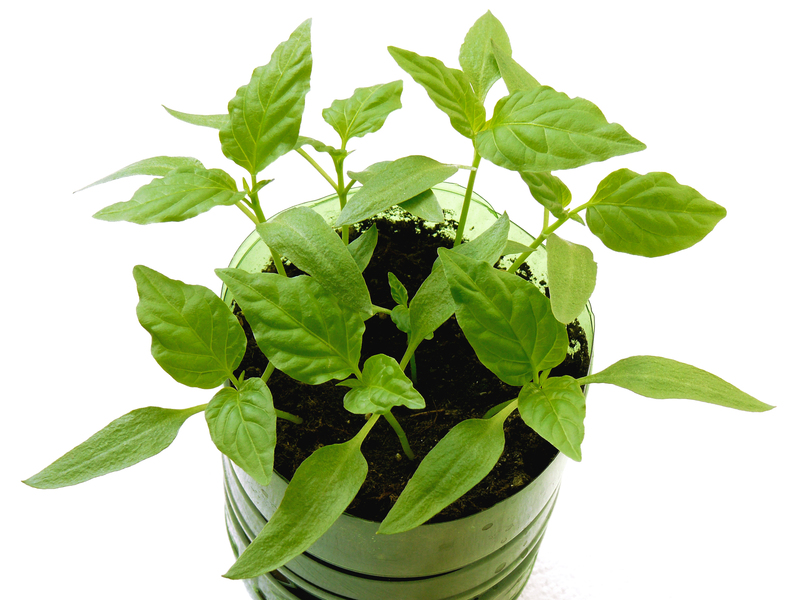Why Responsible PPE Waste Disposal Really Matters
In the wake of global health concerns and rising environmental awareness, the topic of responsible PPE waste disposal has become crucial. Personal Protective Equipment (PPE) such as masks, gloves, gowns, and face shields have played a pivotal role in protecting communities from infectious diseases like COVID-19. However, the significant increase in their use has also led to a dramatic surge in PPE waste. Why is responsibly disposing of PPE crucial? What are the environmental and health impacts if PPE waste isn't managed properly? This article delves into the reasons why managing PPE waste responsibly is vital - not just for public health, but for the environment as well.

Understanding PPE and Its Role in Modern Society
PPE, or Personal Protective Equipment, comprises items designed to protect individuals from various hazards, particularly in healthcare, industrial, and public domains. During the height of the COVID-19 pandemic, the use of PPE grew exponentially, becoming an everyday essential around the world.
PPE includes:
- Masks (surgical, N95, cloth)
- Gloves (latex, nitrile, vinyl)
- Gowns and coveralls
- Face shields and eye protection
- Shoe covers and caps
These items have become synonymous with safety. However, their widespread and frequent use has led to an unintended consequence: unprecedented volumes of PPE waste.
The Growing Challenge of PPE Waste
The Scale of the Problem
According to the United Nations, it was estimated that globally 129 billion face masks and 65 billion gloves were consumed every month during the peak of the pandemic. This surge in single-use products has put immense pressure on existing waste management systems, leading to an overload of PPE waste.
The Composition of PPE Waste
Most PPE is made from plastics such as polypropylene and polyethylene, which are non-biodegradable. Disposing of PPE responsibly becomes even more critical when recognizing that improperly managed PPE waste can linger in the environment for hundreds of years. The issue is not only the volume but also the persistence of these materials in natural ecosystems.
Environmental Impacts of Irresponsible PPE Disposal
PPE and Plastic Pollution
PPE items, especially masks and gloves, often end up in the wrong places -- streets, beaches, rivers, and oceans. This PPE pollution contributes significantly to the global plastic pollution crisis. When PPE is not disposed of properly, it doesn't just vanish. Instead, it fragments into microplastics, infiltrates aquatic systems, and poses significant risks to wildlife and ecosystems.
- Harm to Wildlife: Animals can mistake PPE for food, leading to ingestion and fatal consequences. Marine life can become entangled in discarded masks or gloves, often resulting in injury or death.
- Microplastics: Over time, PPE items break down into microplastics. These tiny particles are ingested by aquatic organisms, moving up the food chain and ultimately affecting humans.
- Landfill Overload: PPE waste that ends up in landfills adds to the growing burden of waste management, often straining municipal systems that may not be equipped to handle infectious materials.
Threat to Soil and Water Quality
PPE waste in landfills and open environments can leach toxic substances, harming soil quality and potentially contaminating groundwater. This bioaccumulation of plastics and chemicals ultimately affects agricultural productivity and community water sources.
Public Health Hazards Linked to Improper PPE Waste Disposal
Infectious Disease Transmission
Used PPE can harbor infectious agents such as viruses and bacteria. When not disposed of responsibly, it poses a direct risk to sanitation workers, the general public, and even stray animals. Items left in public spaces can serve as potential vectors of disease, further exacerbating public health challenges.
- Healthcare Environments: Incorrect disposal of medical PPE can risk cross-contamination within healthcare facilities, impacting both staff and patients.
- Community Transmission: Improperly disposed masks and gloves in communal spaces increase the risk of surface transmission among passersby.
- Endangerment of Waste Workers: Those handling solid waste face increased exposure to infectious materials, especially when PPE is mixed with regular household waste.
Long-term Health Consequences
Persistent exposure to microplastics and chemical leachates from PPE can lead to chronic human health impacts. Initial research suggests that microplastics are being detected in human tissues, though the long-term effects are still under investigation.
The Responsibility of PPE Waste Disposal: Who Is Accountable?
Individual Responsibility
Each of us plays a role in the responsible disposal of PPE. Simple but vital actions make a difference:
- Always dispose of used masks and gloves in designated waste bins, never on the ground.
- If possible, cut straps on masks and gloves to prevent wildlife entanglement.
- Follow local guidelines for disposing of medical waste, especially if you have been in contact with infectious agents.
Institutional and Governmental Roles
Beyond individual action, institutions and governments must step up:
- Healthcare Facilities: Hospitals and clinics should implement strict biomedical waste management protocols, separating PPE from regular waste and ensuring appropriate treatment and disposal.
- Public Spaces: Municipalities need to provide adequate PPE-specific disposal bins, especially in high-traffic areas.
- Policy Makers: Governments should enact and enforce regulations concerning the segregation, collection, and processing of PPE waste.
- Waste Management Services: Invest in staff training, protective gear, and new technologies to safely handle contaminated waste.
Effective Strategies for Responsible PPE Waste Disposal
Segregation at Source
One of the most effective ways to manage PPE waste is to segregate it at the point of generation. Keep PPE separate from regular, recyclable, or compostable waste. This makes retrieval, treatment, and disposal safer and more efficient.
Safe Collection and Transportation
Waste collection staff must be properly equipped with protective gear and trained in safe handling procedures. Clearly labeled containers and a scheduled collection plan are essential to prevent accidental exposure and mixing of waste streams.
Environmentally-Friendly Treatment Methods
PPE waste disposal methods traditionally involve incineration or landfilling. While incineration can safely neutralize pathogens, it may also produce harmful emissions if not executed in modern, controlled plants. Newer methods, such as pyrolysis (thermal decomposition), recycling of certain PPE types, and innovative biotechnologies, are being explored worldwide.
- Autoclaving: Using high-pressure steam to sterilize PPE before secure disposal or recycling.
- Recycling: Some companies have developed systems for recycling certain mask and glove materials into usable products like construction materials or road surfaces.
- Composting: Research into biodegradable PPE may soon allow for composting under specific industrial conditions.
Innovations and Sustainable Alternatives
Biodegradable and Reusable PPE
The demand for responsible PPE waste management is inspiring innovation. Biodegradable PPE made from starch-based polymers and natural fibers can significantly reduce environmental impact. Meanwhile, sterilizable and reusable masks or gowns cut down on single-use waste.
PPE Recycling Programs
Several organizations and governments have launched PPE recycling initiatives. For example, special bins for mask collection in public places, pilot projects turning used masks into construction materials, and research into recycling mask plastics for road-making are showing promise in minimizing PPE waste in landfills.
Public Education and Awareness
Awareness campaigns play an indispensable role in promoting responsible PPE waste disposal. Clear signage, public messaging, and school programs can empower communities to do their part in mitigating PPE pollution.
Global Regulations and Guidelines for PPE Waste Management
The World Health Organization (WHO)
The WHO issues regular guidelines on managing infectious waste, including PPE. Their recommendations emphasize segregation, safe on-site storage, and appropriate transportation and treatment of medical waste.
National and Local Regulations
Regulations vary by region, but generally include mandates for:
- Clear categorization and labeling of infectious (PPE) waste
- Use of color-coded disposal bins and bags
- Timely collection and restricted access to medical waste areas
- Penalties for the improper disposal of infectious materials
What Happens If We Ignore PPE Waste Disposal?
Irresponsible PPE waste disposal can have dire consequences:
- Exacerbation of the plastic pollution crisis, especially in oceans and waterways
- Serious threats to wildlife and ecosystem health
- Increased transmission of infectious diseases to the public and essential workers
- Strain on waste management systems and increased costs for municipalities
- Negative public perception and decreased trust in health and safety measures

Conclusion: Our Shared Duty
The challenge of responsible PPE waste disposal is a shared responsibility that requires action from individuals, organizations, and governments. Environmentally conscious disposal protects not only our planet from massive plastic pollution, but also the health of frontline workers, wildlife, and whole communities.
Simple steps, such as using designated disposal bins, supporting PPE recycling initiatives, and educating others about the risks associated with improper PPE waste disposal, can make a significant difference. By choosing responsible methods and supporting sustainable innovations, we can ensure that PPE protects us not only from immediate health threats, but also from long-term environmental challenges.
Together, we can turn the tide on PPE waste, making a positive impact for future generations. Remember, every used mask and glove is an opportunity for responsible action. Let us all commit to better practices for the sake of our planet, our communities, and our health.
